Home>Fans, Heaters & Lighting>Which Space Heater Is The Best?
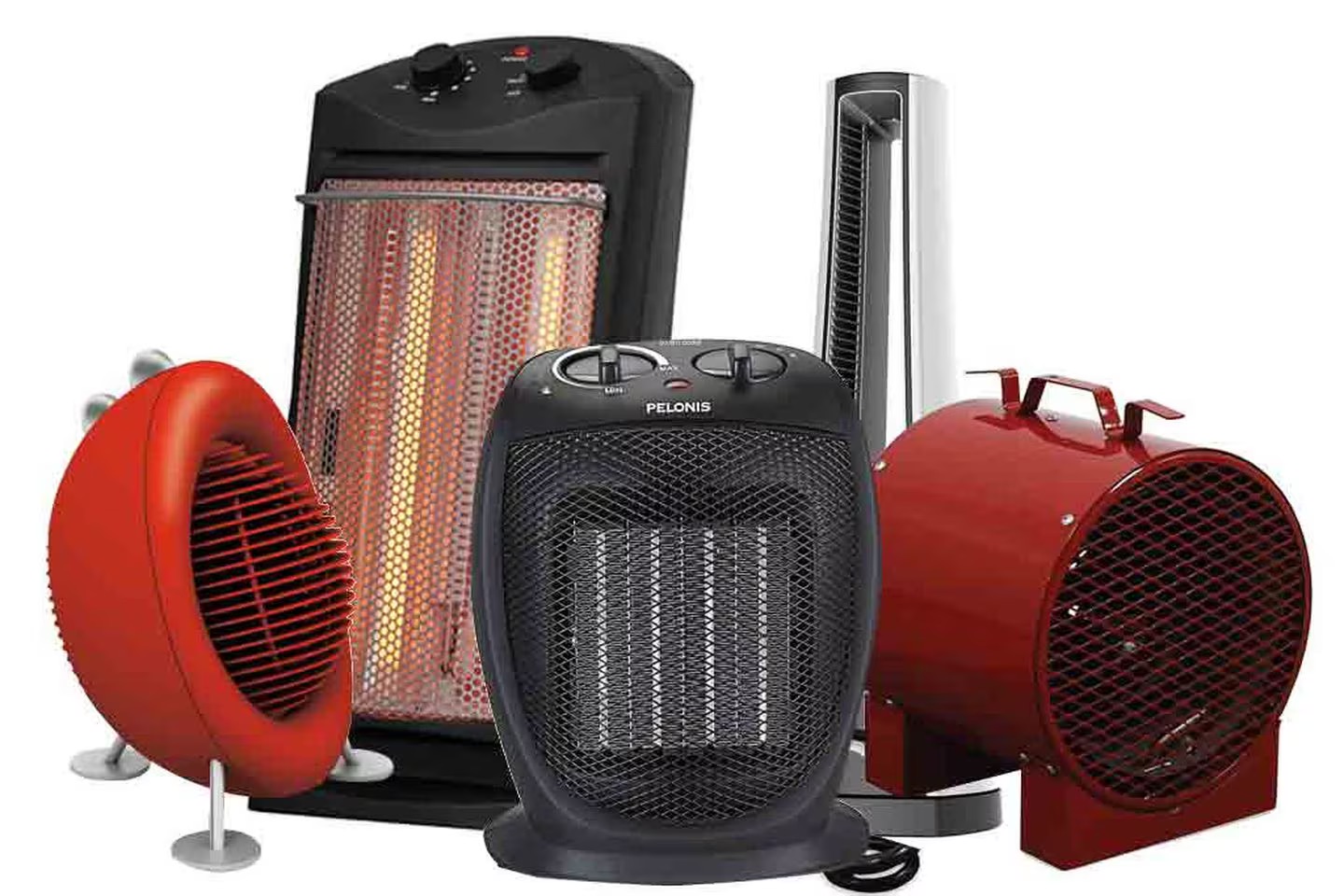

Fans, Heaters & Lighting
Which Space Heater Is The Best?
Modified: January 19, 2024
Looking for articles on the best space heaters? Find expert advice and recommendations to help you choose the perfect space heater for your needs.
(Many of the links in this article redirect to a specific reviewed product. Your purchase of these products through affiliate links helps to generate commission for Storables.com, at no extra cost. Learn more)
Introduction
Space heaters have become a popular choice for heating individual rooms or small spaces. They offer a convenient and cost-effective solution to combat the cold during the winter months. With a wide range of options available in the market, it can be overwhelming to determine which space heater is best suited for your needs.
When choosing a space heater, there are several factors to consider to ensure efficient heating performance, energy efficiency, and safety. Understanding the different types of space heaters and their features will help you make an informed decision.
In this article, we will explore the various types of space heaters available, including convection heaters, radiant heaters, ceramic heaters, oil-filled heaters, infrared heaters, electric heaters, and gas heaters. We will also discuss important considerations such as energy efficiency, safety, noise levels, and recommended space heaters for different room sizes.
By the end of this article, you will have a comprehensive understanding of the different types of space heaters and how to choose the best one for your needs based on factors such as heating method, energy efficiency, safety features, and room size.
Key Takeaways:
- Choose the right space heater by considering factors such as heating method, energy efficiency, safety features, and recommended room sizes to ensure effective and comfortable warmth while meeting specific requirements.
- Prioritize safety, follow manufacturer instructions, and regularly maintain and inspect your space heater to ensure safe and efficient operation, creating a cozy and inviting environment even on the coldest of days.
Factors to Consider when Choosing a Space Heater
When selecting a space heater, it’s important to consider several factors to ensure that you choose the right option for your needs. Here are some key considerations to keep in mind:
Heating Method: The heating method employed by a space heater is an essential factor to consider. There are various types of heaters available, each using a different method to generate heat. The main types include convection heaters, radiant heaters, ceramic heaters, oil-filled heaters, infrared heaters, electric heaters, and gas heaters. Understanding the differences between these heating methods will help determine which one is best suited for your specific requirements.
Heating Capacity: The heating capacity, usually measured in BTUs (British Thermal Units), determines the amount of heat a space heater can produce. It’s crucial to choose a heater with sufficient heating capacity to effectively warm the intended space. Consider the size of the room and the level of insulation when determining the appropriate heating capacity.
Energy Efficiency: Opting for an energy-efficient space heater is not only environmentally friendly but can also save you money on your energy bills. Look for space heaters with energy-saving features such as programmable timers, adjustable thermostats, and eco-mode options. Energy-efficient heaters can help maintain a comfortable temperature while minimizing energy consumption.
Safety Features: Safety should always be a top priority when choosing a space heater. Look for heaters with features such as tip-over protection, overheat protection, and cool-touch exteriors. These safety features can help prevent accidents and ensure peace of mind while using the heater.
Noise Levels: Consider the noise level of the space heater, especially if you plan to use it in a bedroom or office. Some heaters generate noise while operating, which can be disruptive and interfere with sleep or concentration. Look for heaters that have low noise levels or come with a silent operation feature.
Portability: Portability is an important factor to consider, especially if you plan to move the space heater between different rooms or locations. Look for heaters that are lightweight and have carrying handles or wheels for easy transportation.
Budget: Finally, consider your budget when selecting a space heater. Prices can vary depending on the type of heater and its features. Set a budget and compare options within that range to ensure you find a heater that meets your needs without breaking the bank.
By considering these factors, you can make an informed decision when choosing a space heater that effectively heats your room, is energy-efficient, safe to use, and fits within your budget. Remember to prioritize your specific needs and preferences to find the perfect space heater for you.
Convection Heaters
Convection heaters are a popular choice for heating larger spaces, such as living rooms and offices. They work by circulating air across a heating element or through a series of heating fins. As the air is heated, it rises and creates a convection current, evenly distributing warmth throughout the room.
One of the main advantages of convection heaters is their ability to provide consistent and uniform heat. They are effective at maintaining a steady temperature and are ideal for extended use. Additionally, convection heaters are relatively quiet compared to other types of heaters, making them suitable for use in bedrooms or quiet workspaces.
There are different types of convection heaters available, including fan-forced convection heaters and natural convection heaters. Fan-forced convection heaters, also known as forced-air heaters, have a built-in fan that helps distribute the warm air more quickly, resulting in faster and more efficient heating. Natural convection heaters, on the other hand, rely solely on the convection process for heat distribution, without the use of a fan.
When choosing a convection heater, consider factors such as heating capacity, thermostat controls, and safety features. Look for heaters with adjustable thermostat settings, allowing you to set and maintain a desired temperature. Safety features like tip-over protection and overheat protection are important to ensure the device shuts off in case of accidents or excessive heat.
Convection heaters come in a variety of sizes and designs, including portable models and wall-mounted options. Portable convection heaters are versatile and can be easily moved around according to your heating needs. Wall-mounted convection heaters, on the other hand, provide a more permanent heating solution and save floor space.
It’s worth noting that convection heaters generally take longer to heat up a room compared to radiant heaters. However, once the room reaches the desired temperature, convection heaters excel at maintaining consistent warmth.
Overall, convection heaters are a reliable and efficient option for heating larger spaces. They offer a comfortable and even heat distribution, making them a popular choice for households and offices. When selecting a convection heater, consider the size of your space, the heating capacity of the unit, as well as any additional features that suit your needs and preferences.
Radiant Heaters
Radiant heaters are an excellent choice for providing direct and targeted heat to specific areas or individuals. These heaters emit infrared radiation, which directly heats objects and people in their line of sight, rather than heating the surrounding air. This makes radiant heaters an efficient and focused heating option.
One of the main advantages of radiant heaters is their ability to provide instant heat. Unlike convection heaters that gradually warm up the surrounding air, radiant heaters immediately warm up the objects or individuals they are directed at. This makes them ideal for quick heating in small spaces, such as bathrooms or personal workstations.
Radiant heaters are available in various forms, including portable radiant heaters, panel heaters, and radiant floor heaters. Portable radiant heaters are compact and lightweight, allowing for easy mobility and targeted heating. Panel heaters, on the other hand, are sleek and wall-mounted, providing a more permanent heating solution for larger spaces. Radiant floor heaters are embedded in the flooring and offer a cozy and efficient heating solution for rooms with hard surfaces.
In terms of safety, radiant heaters are generally considered safe to use. However, it is important to choose models with safety features like tip-over protection and overheat protection. Additionally, keep flammable materials away from the heater and ensure proper ventilation in the room.
When selecting a radiant heater, consider factors such as heating capacity, adjustable thermostat controls, and portability. Look for heaters with multiple heat settings that allow you to customize the level of warmth. Some models also come with programmable timers, which can be useful for efficient energy usage.
Keep in mind that radiant heaters are most effective in small or enclosed spaces. They are not as efficient at heating larger rooms or open-concept areas, as the heat emitted is more focused. However, they can be combined with other heating methods, such as convection heaters, to achieve a balanced and comfortable warmth throughout the space.
Overall, radiant heaters offer a quick and targeted heating solution, making them suitable for personal use or small spaces. Their instant warmth and energy-efficient operation make them a popular choice among homeowners and individuals seeking immediate heat in specific areas. Consider your specific heating needs and preferences when choosing a radiant heater to ensure optimal warmth and comfort.
Ceramic Heaters
Ceramic heaters are a popular choice when it comes to efficient and quick heating. They operate by using a ceramic heating element to generate heat, which is then dispersed into the surrounding area. Ceramic heaters are known for their fast heating capabilities and even distribution of warmth.
One of the main advantages of ceramic heaters is their ability to provide instant heat. The ceramic heating element heats up quickly, allowing the heater to provide warmth within seconds of being turned on. This makes ceramic heaters an ideal option for those seeking immediate heat, especially in smaller rooms or personal spaces.
Ceramic heaters are also known for their energy efficiency. The ceramic heating element is highly conductive, meaning it can generate heat efficiently without consuming excessive amounts of energy. This allows for cost-effective heating while minimizing energy waste.
In terms of safety, ceramic heaters are designed with safety features such as overheat protection and tip-over protection. Overheat protection automatically shuts off the heater if it reaches unsafe temperatures, while tip-over protection switches off the heater if it is accidentally knocked over. These safety measures provide peace of mind and reduce the risk of accidents.
Ceramic heaters come in various sizes and designs, including portable models and tower heaters. Portable ceramic heaters are compact, lightweight, and easy to move around, making them suitable for heating different rooms or areas as needed. Tower heaters, on the other hand, offer a space-saving solution and typically come with additional features such as oscillation for wider coverage.
When choosing a ceramic heater, consider factors such as heating capacity, adjustable thermostat controls, and additional features. Look for heaters with multiple heat settings, allowing you to customize the level of warmth according to your preference. Some models also offer programmable timers and remote controls for added convenience.
It’s important to note that ceramic heaters primarily heat the surrounding air, similar to convection heaters. They are most effective in enclosed spaces and may take longer to heat larger and more open areas. For optimal performance, consider the size of the room and choose an appropriately-sized ceramic heater.
Overall, ceramic heaters are a reliable and energy-efficient option for heating small to medium-sized spaces. Their fast heating capabilities, energy efficiency, and safety features make them a popular choice among homeowners and individuals seeking quick and comfortable warmth. Consider your specific heating needs and preferences when selecting a ceramic heater to ensure efficient and effective heating.
Oil-Filled Heaters
Oil-filled heaters, also known as oil-filled radiators, are a type of electric heater that use a special oil to generate and retain heat. These heaters are known for their ability to provide long-lasting and consistent warmth.
The main advantage of oil-filled heaters is their ability to retain heat even after they are turned off. The oil inside the heater acts as a heat reservoir, allowing the heater to continue radiating warmth for a longer period of time. This makes oil-filled heaters ideal for maintaining a comfortable temperature in a room without the need for continuous operation.
Oil-filled heaters work through a process called convection. The heating element heats the oil, which in turn heats the metal fins or columns of the heater. As the air passes over these heated surfaces, it gets warmed up and circulates throughout the room, creating a gentle and even heat distribution.
One of the main advantages of oil-filled heaters is their silent operation. Unlike some other types of heaters that use a fan, oil-filled heaters do not produce any noise. This makes them perfect for use in bedrooms, offices, or any quiet environment where noise can be a distraction.
Oil-filled heaters are also known for their energy efficiency. Once the oil is heated, the heater maintains a steady temperature without consuming additional energy. This helps to reduce energy costs and makes them an economical choice for heating rooms for extended periods of time.
In terms of safety, oil-filled heaters are designed with several safety features. They often include features such as overheat protection, which automatically shuts off the heater if it reaches an unsafe temperature. Additionally, most oil-filled heaters have a cool-touch exterior, reducing the risk of burns if you accidentally touch the surface.
When choosing an oil-filled heater, consider factors such as heating capacity, adjustable thermostat controls, and portability. Look for heaters with multiple heat settings that allow you to customize the warmth level to your preferences. Some models also offer features like programmable timers and remote controls for added convenience.
It’s worth noting that oil-filled heaters take a bit longer to heat up compared to other types of heaters. However, once the heater is warmed up, it provides a consistent and comfortable heat output. Additionally, oil-filled heaters tend to be slightly bulkier and heavier compared to other portable heaters.
Overall, oil-filled heaters are a reliable and efficient option for heating medium to large-sized spaces. Their ability to retain heat, energy efficiency, silent operation, and safety features make them a popular choice among homeowners. Consider your specific heating needs and preferences when selecting an oil-filled heater to ensure a comfortable and cozy living or working space.
Infrared Heaters
Infrared heaters are a popular choice for providing targeted and efficient heat. These heaters use infrared radiation to directly warm objects and people in their path, rather than heating the surrounding air.
One of the main advantages of infrared heaters is their ability to provide instant heat. As soon as the heater is turned on, it immediately emits infrared rays that warm up the objects and individuals within its range. This makes infrared heaters an ideal option for quick heating in specific areas or for personal use.
Infrared heaters operate by utilizing infrared heating elements, typically made of quartz, to produce heat. These elements emit infrared rays that travel through the air and heat up objects and individuals directly in their line of sight. The heat is then absorbed by the objects, retaining warmth longer compared to heaters that heat the air.
One of the key benefits of infrared heaters is their energy efficiency. Because they directly heat objects and individuals, infrared heaters do not waste energy by heating up the entire room or the air within it. They focus on providing heat to the targeted area, resulting in less energy consumption and cost savings.
Infrared heaters are also known for their silent operation. Unlike heaters with fans or motors, infrared heaters do not produce any noise. This makes them ideal for use in bedrooms, offices, or any quiet space where noise can be a disturbance.
When choosing an infrared heater, consider factors such as heating capacity, adjustable settings, and safety features. Look for heaters with adjustable heat settings, allowing you to customize the level of warmth according to your comfort. Safety features such as tip-over protection and overheat protection are important considerations to ensure the heater operates safely.
Infrared heaters are available in various forms, including portable models and wall-mounted options. Portable infrared heaters are lightweight and compact, making them easy to move and suitable for heating different areas as needed. Wall-mounted infrared heaters offer a more permanent heating solution and save valuable floor space.
It’s important to note that infrared heaters are most effective in smaller spaces or for targeted heating in specific areas. They may not be as efficient at heating larger rooms or open-concept spaces due to their focused heat output. Infrared heaters can also be used in conjunction with other heating solutions to achieve optimal warmth and comfort throughout the space.
Overall, infrared heaters provide quick and targeted heating without wasting energy. Their instant heat, energy efficiency, silent operation, and safety features make them a popular choice for homeowners and individuals seeking efficient and comfortable warmth. Consider your specific heating needs and preferences when selecting an infrared heater to ensure effective and enjoyable heating experience.
Electric Heaters
Electric heaters are a versatile and widely-used option for heating homes and offices. They operate by converting electrical energy into heat, making them convenient and easy to use.
One of the main advantages of electric heaters is their simplicity and accessibility. They can be plugged into a standard electrical outlet, allowing for quick installation and use. This makes electric heaters a convenient option for heating various spaces, from small rooms to larger areas.
Electric heaters come in a variety of types, including convection heaters, radiant heaters, ceramic heaters, oil-filled heaters, and infrared heaters. Each type of electric heater offers different heating methods and features, allowing you to choose the one that best suits your needs and preferences.
One of the key benefits of electric heaters is their ability to provide instant heat. When turned on, they start generating heat almost immediately, allowing you to feel warm in a short amount of time. This makes electric heaters ideal for quick heating needs, especially during colder months.
Electric heaters are also known for their convenience and ease of use. Many electric heaters come with adjustable thermostat controls, allowing you to set and maintain a desired temperature. This helps to ensure optimal comfort and energy efficiency. Some electric heaters also offer additional features such as programmable timers and remote controls for added convenience.
In terms of safety, electric heaters are designed with various safety features to prevent accidents and ensure user protection. These features may include overheat protection, which automatically shuts off the heater if it reaches unsafe temperatures, as well as tip-over protection, which turns off the heater if it is accidentally knocked over.
Electric heaters are available in different sizes and designs, including portable models and wall-mounted options. Portable electric heaters offer flexibility and mobility, allowing you to move them to different areas of the house or office as needed. Wall-mounted electric heaters provide a more permanent heating solution and help to save floor space.
It’s important to note that electric heaters rely on electricity as their power source, so it’s essential to consider the electrical capacity and safety of the power outlets when using these heaters. Additionally, while electric heaters are generally energy efficient, the cost of operating them can vary depending on electricity rates in your area, the heat settings used, and the insulation of the room being heated.
Overall, electric heaters offer a convenient and effective heating solution. Their versatility, instant heat, adjustable settings, and safety features make them a popular choice among homeowners and individuals seeking reliable warmth. Consider your specific heating needs and preferences when selecting an electric heater to ensure optimal comfort and energy efficiency.
Gas Heaters
Gas heaters are a popular choice for heating homes and commercial spaces. These heaters utilize natural gas or propane as a fuel source to produce heat, offering efficient and effective heating solutions.
One of the main advantages of gas heaters is their high heat output. Gas heaters can generate a significant amount of heat, making them suitable for heating larger areas or spaces with high heat demands. They are particularly beneficial in regions where natural gas is readily available and cost-effective.
Gas heaters come in various types, including gas furnaces, gas fireplaces, and gas space heaters. Gas furnaces are commonly used for central heating systems, while gas fireplaces provide a more aesthetic and decorative heating option. Gas space heaters, on the other hand, are designed for localized heating, making them suitable for specific rooms or areas.
Gas heaters operate by burning fuel to produce heat. The combustion process creates a flame that, in turn, heats air or a heat exchanger. The heated air is then circulated throughout the space, providing warmth. Some gas heaters also come with fans or blowers to enhance heat distribution.
One of the key benefits of gas heaters is their cost efficiency. Natural gas and propane are often more affordable fuel options compared to electricity, resulting in potential cost savings in the long run. Gas heaters also tend to have lower operating costs compared to electric heaters.
When considering a gas heater, it’s important to ensure proper installation and maintenance to ensure safety. Gas heaters must be installed by qualified professionals to ensure proper ventilation, gas line connections, and compliance with safety regulations. Regular maintenance, including cleaning and inspection, is essential to ensure the safe and efficient operation of the heater.
Gas heaters typically require a gas supply connection, so it’s important to have access to a gas line or propane tank. Additionally, gas heaters are not suitable for all environments. They may not be recommended for areas with poor ventilation or where air quality is a concern.
Safety features are crucial for gas heaters. Look for models with features such as oxygen depletion sensors (ODS) that monitor oxygen levels in the surrounding area and automatically shut off the heater if levels drop too low. Additionally, ensure that the heater has a thermocouple or flame failure device (FFD) that automatically shuts off the gas supply if the flame goes out.
Overall, gas heaters are a reliable and powerful solution for heating larger spaces. Their high heat output, cost efficiency, and suitability for areas with access to natural gas or propane make them a popular choice among homeowners and businesses. However, it’s important to prioritize safety and ensure proper installation and maintenance when using gas heaters for optimal performance and peace of mind.
Read more: What Type Of Space Heater Is Best?
Energy Efficiency and Safety Considerations
When choosing a space heater, it’s important to consider both energy efficiency and safety features. These factors play a significant role in the heater’s performance, cost-effectiveness, and your overall peace of mind. Here’s what you need to know:
Energy Efficiency:
Opting for an energy-efficient space heater not only helps to conserve energy but also saves you money on your utility bills. Consider the following factors to ensure energy efficiency:
- Heating Technology: Some heating technologies, such as ceramic or infrared, are known for their energy efficiency. Look for space heaters that utilize these technologies for effective heat transfer and minimal energy wastage.
- Thermostat Controls: Adjustable thermostat controls allow you to set and maintain a desired temperature. This helps to prevent excessive energy consumption by ensuring the heater only operates when necessary.
- Programmable Timers: Space heaters equipped with programmable timers allow you to pre-set operating schedules. This feature enables you to heat the room only when needed, reducing energy usage during unoccupied hours.
- Eco-Mode or Energy-Saving Settings: Some heaters offer eco-mode or energy-saving settings that optimize energy usage while still providing adequate warmth. These settings can help to minimize energy consumption without compromising comfort.
- Energy Star Certification: Look for space heaters that are Energy Star certified. This certification ensures that the heater meets strict energy efficiency guidelines set by the Environmental Protection Agency (EPA).
Safety Considerations:
Ensuring the safety of your space heater is crucial to protect yourself and your property. Consider the following safety features and best practices when selecting and using a space heater:
- Tip-Over Protection: Look for space heaters with tip-over protection features. These mechanisms automatically shut off the heater if it is accidentally knocked over, reducing the risk of fires or burns.
- Overheat Protection: Space heaters equipped with overheat protection will automatically turn off if the internal temperature exceeds safe limits, preventing overheating and potential fire hazards.
- Cool-Touch Exterior: Heaters with cool-touch exteriors remain cool to the touch, reducing the risk of burns, especially if there are children or pets around.
- Proper Placement: Ensure that the space heater is placed on a stable, flat surface away from flammable materials such as curtains, furniture, or bedding. Maintain a safe distance of at least three feet from combustible objects.
- Proper Ventilation: If you are using a gas or kerosene heater, ensure adequate ventilation to prevent the buildup of carbon monoxide. Never use these heaters in closed or poorly ventilated spaces.
- Maintenance and Inspections: Regularly clean and inspect your space heater, following the manufacturer’s guidelines. Keep the heater free from dust and debris to prevent blockages and malfunctions.
By considering the energy efficiency and safety features of a space heater, you can make an informed decision that provides both comfort and peace of mind. Remember, always prioritize safety and consult the manufacturer’s instructions for specific usage guidelines and recommendations.
Noise Levels of Space Heaters
Noise levels can greatly impact the comfort and ambiance of a room, especially when it comes to using space heaters. While some heaters operate silently, others may produce noticeable noise during operation. It’s important to consider the noise level when selecting a space heater, particularly if you plan to use it in areas where noise can be a concern, such as bedrooms, offices, or quiet living spaces.
Here are some factors to consider when evaluating the noise levels of space heaters:
Type of Heating Technology:
Some types of space heaters tend to be quieter in operation than others. Radiant heaters, for example, typically do not use fans or blowers and thus are very quiet. On the other hand, convection heaters and those equipped with fans or blowers tend to produce more noise due to the airflow created by the fan.
Fan Speed and Design:
For space heaters with fans or blowers, the noise level can vary depending on the fan speed and design. It’s worth noting that higher fan speeds generally produce more noise, while lower speeds may offer a quieter operation. Additionally, the design of the fan or blower can influence the noise level. Look for heaters with noise-reducing features such as specially designed fan blades or noise dampening technologies.
Vibration and Materials:
Noise can also be produced by vibrations or the materials used in the construction of the heater. Space heaters with sturdy and well-insulated components tend to minimize vibrations and reduce noise levels. Additionally, heaters made from high-quality materials are less likely to produce excess noise during operation.
Customer Reviews and Specifications:
When considering a specific space heater, it can be helpful to read customer reviews or check the manufacturer’s specifications for information on noise levels. Many manufacturers provide decibel (dB) ratings, which indicate the noise level produced by the heater. Lower dB ratings indicate quieter operation.
Read also: 13 Best Delonghi Space Heater For 2024
Placement and Maintenance:
The placement of the space heater can also impact noise levels. When placing the heater, make sure it is on a stable surface away from any objects that could cause vibrations or rattling. Regular maintenance, such as cleaning and lubricating moving parts, can also help to reduce noise and ensure smooth operation.
Ultimately, the noise level of a space heater is subjective and can vary depending on individual preferences. What may be considered quiet to one person may be considered noisy to another. Consider your specific needs and the environment in which the heater will be used, and make a selection that aligns with your desired noise levels.
By considering these factors and researching the noise levels of different space heaters, you can select a heater that effectively warms your space while minimizing any distractions or disruptions caused by excessive noise.
Recommended Space Heaters for Different Room Sizes
Choosing the right size of space heater is crucial for optimal heating performance and energy efficiency. Here are some recommendations for selecting space heaters based on different room sizes:
Small Rooms (Up to 150 square feet):
For small rooms, such as a bedroom, home office, or bathroom, a compact and portable space heater is usually sufficient. Look for heaters with a heating capacity of around 1,500 to 1,800 watts. Popular options for small rooms include ceramic heaters, radiant heaters, or oil-filled heaters. These types of heaters provide localized heat and are effective at quickly heating smaller spaces.
Medium Rooms (150 to 300 square feet):
For medium-sized rooms, such as a living room or master bedroom, a slightly more powerful space heater is needed. Aim for a heating capacity of around 1,800 to 2,500 watts. Convection heaters, ceramic heaters, or infrared heaters with adjustable thermostat controls are suitable choices for medium rooms. Consider features like oscillation or programmable timers for improved heat distribution and energy efficiency.
Read also: 15 Best Edenpure Space Heater For 2024
Large Rooms (300 to 500 square feet):
When it comes to larger rooms, such as open-concept living areas or spacious offices, it’s important to choose a space heater with sufficient heating capacity. Look for heaters with a range of 2,500 to 3,500 watts. Convection heaters, infrared heaters, or gas heaters with adjustable heat settings and fans for better air circulation are recommended for larger spaces. Consider models with multiple heat settings and wider heat dispersion to ensure effective and even heating.
Extra-Large Rooms (500+ square feet):
For extra-large rooms or open floor plans, a combination of space heaters or a more powerful heating system may be necessary to achieve satisfactory warmth. Consider using multiple space heaters strategically placed throughout the space for optimal heating. Alternatively, central heating systems or larger gas heaters may be required for comprehensive heating coverage in these larger areas.
It’s important to note that these recommendations are general guidelines, and factors such as insulation, ceiling height, and personal preferences can impact the heating needs of a room. Be sure to carefully read the manufacturer’s specifications for each space heater to ensure it is suitable for the intended room size.
Remember, regardless of the room size, prioritize safety by following the manufacturer’s instructions, maintaining proper clearances, and adhering to safety guidelines regarding the use of space heaters.
By selecting a space heater that is appropriately sized for your room, you can effectively heat the space while maximizing energy efficiency and comfort.
When choosing a space heater, look for one with adjustable heat settings, safety features like tip-over protection and overheat protection, and a thermostat for temperature control.
Conclusion
Choosing the right space heater is essential for keeping your living or working space comfortable and warm during cold weather. By considering factors such as heating method, energy efficiency, safety features, and recommended room sizes, you can make an informed decision that meets your specific heating needs.
Convection heaters, such as fan-forced or natural convection heaters, provide consistent and even heat distribution, making them suitable for larger spaces. Radiant heaters offer quick and targeted heating by directly warming objects and people in their line of sight. Ceramic heaters are known for their fast heating capabilities and energy efficiency. Oil-filled heaters are popular for their long-lasting warmth and retention capabilities. Infrared heaters provide instant heat by emitting infrared radiation that directly warms objects and individuals.
Electric heaters, including convection, radiant, ceramic, oil-filled, and infrared heaters, offer convenient and easy-to-use heating solutions. Gas heaters, such as gas furnaces and space heaters, provide high heat output and cost efficiency in areas with access to natural gas or propane.
To ensure energy efficiency, consider features like adjustable thermostat controls, programmable timers, and energy-saving modes. Safety considerations include features like tip-over protection, overheat protection, and cool-touch exteriors.
Keep in mind the noise levels of different space heaters, especially if you plan to use them in quiet environments like bedrooms or offices. For smaller rooms, compact and portable heaters are suitable, while larger rooms may require more powerful heaters or a combination of heaters for optimal heating coverage.
In conclusion, selecting the right space heater involves a careful balance between heating needs, energy efficiency, safety features, and recommended room sizes. By considering these factors and understanding the different types of space heaters available, you can choose a heater that provides effective and comfortable warmth while meeting your specific requirements.
Remember to prioritize safety, follow manufacturer instructions, and regularly maintain and inspect your space heater to ensure safe and efficient operation. With the right space heater, you can create a cozy and inviting environment, even on the coldest of days.
Frequently Asked Questions about Which Space Heater Is The Best?
Was this page helpful?
At Storables.com, we guarantee accurate and reliable information. Our content, validated by Expert Board Contributors, is crafted following stringent Editorial Policies. We're committed to providing you with well-researched, expert-backed insights for all your informational needs.
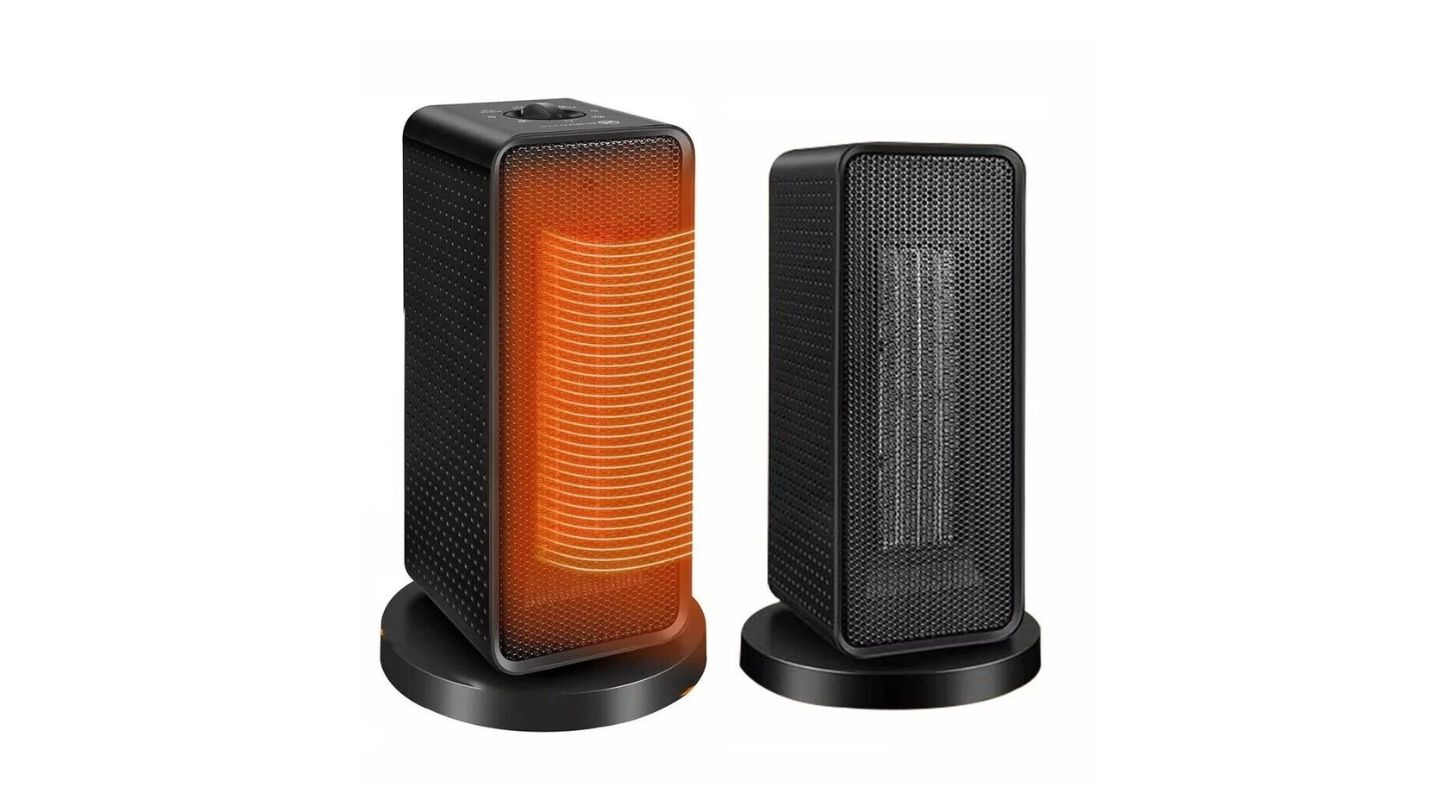
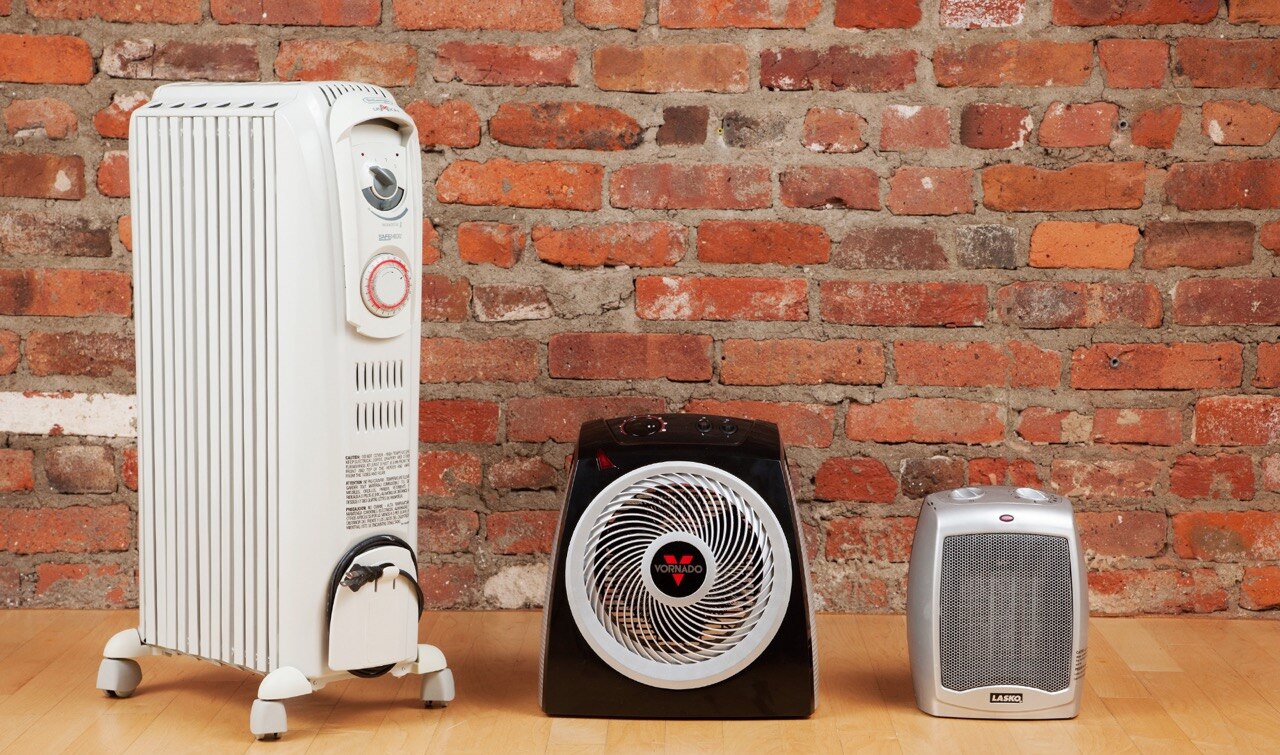
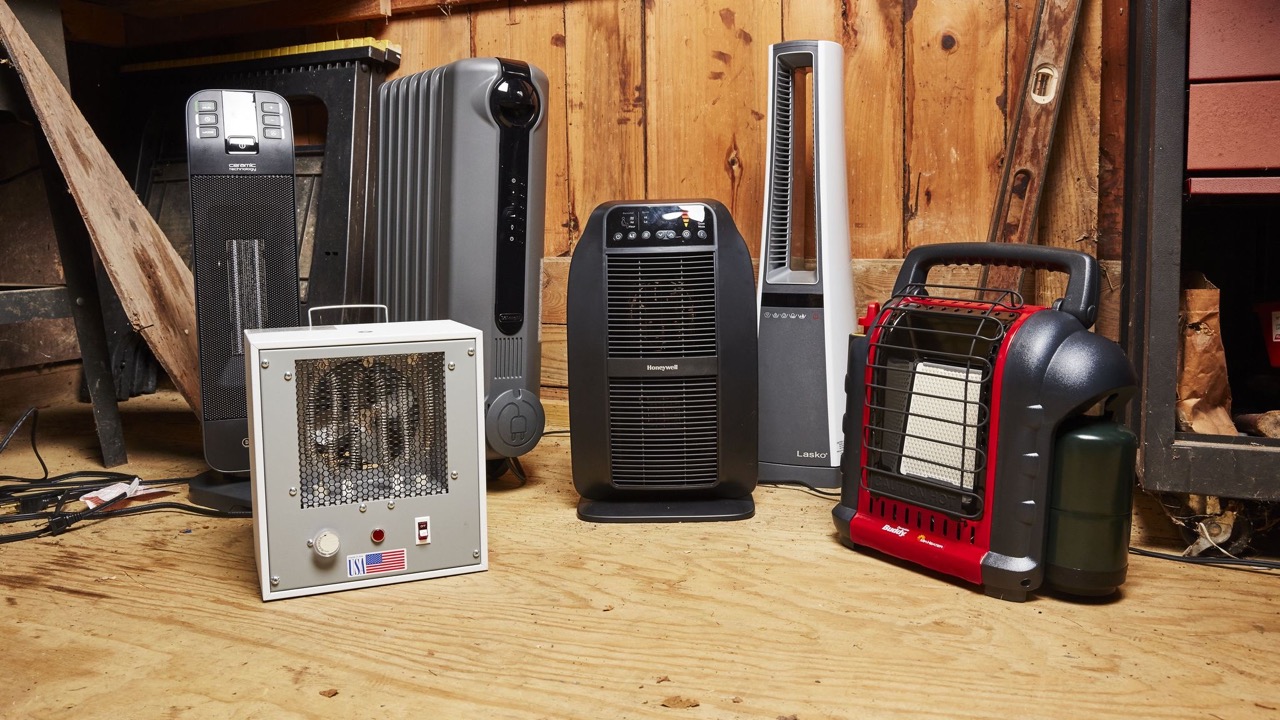
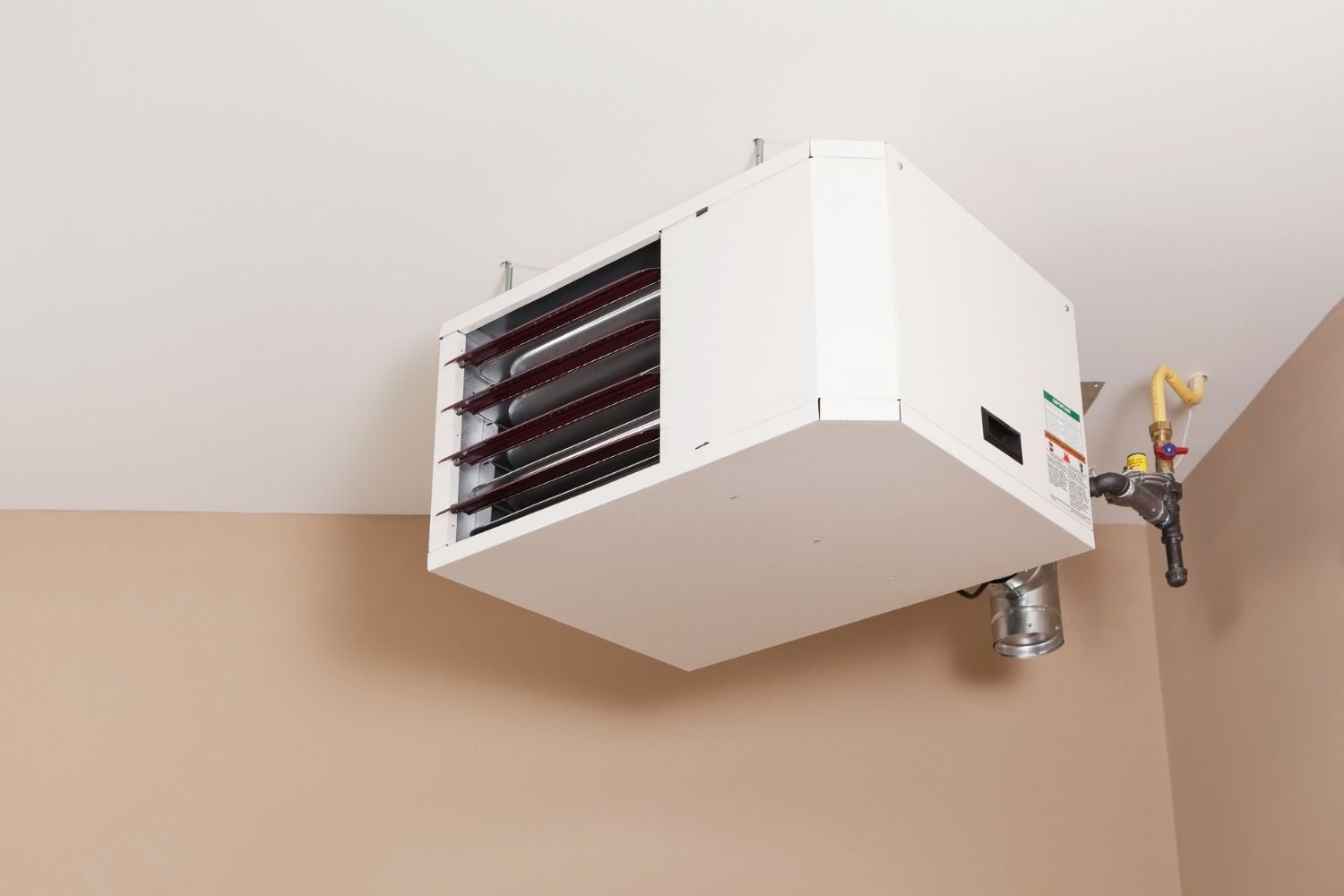
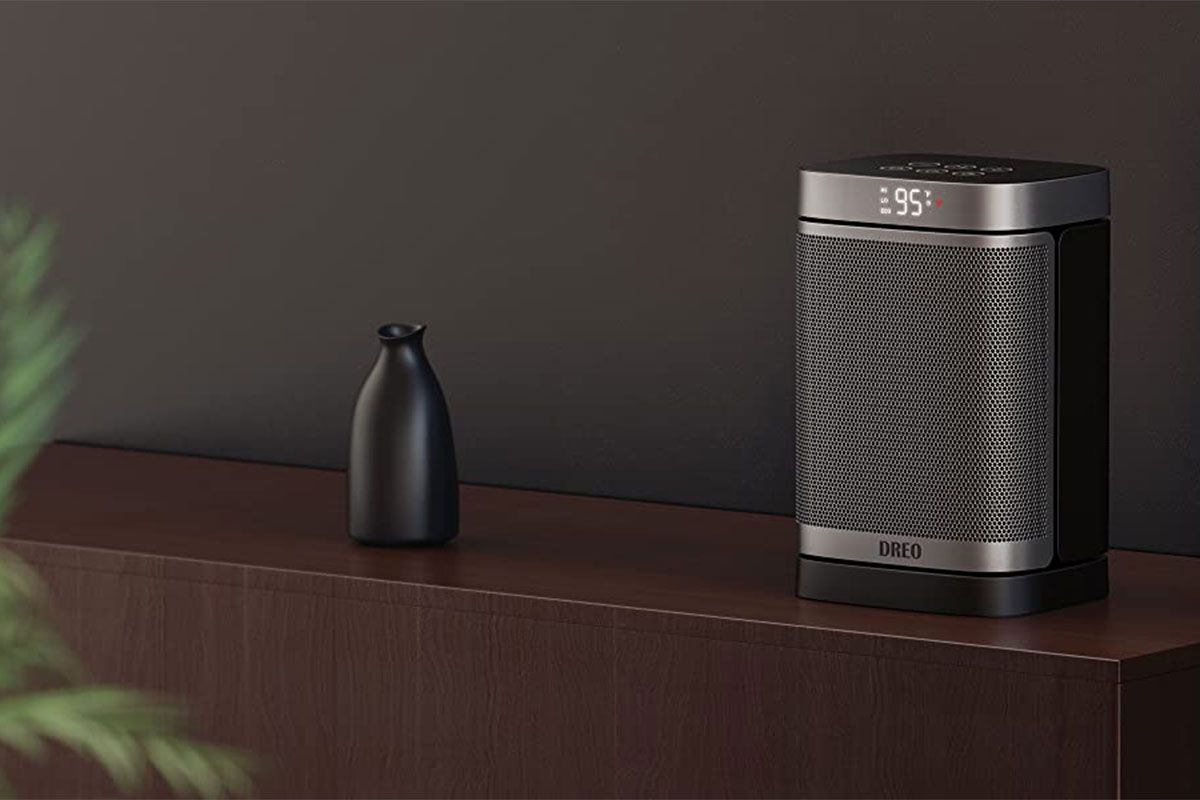
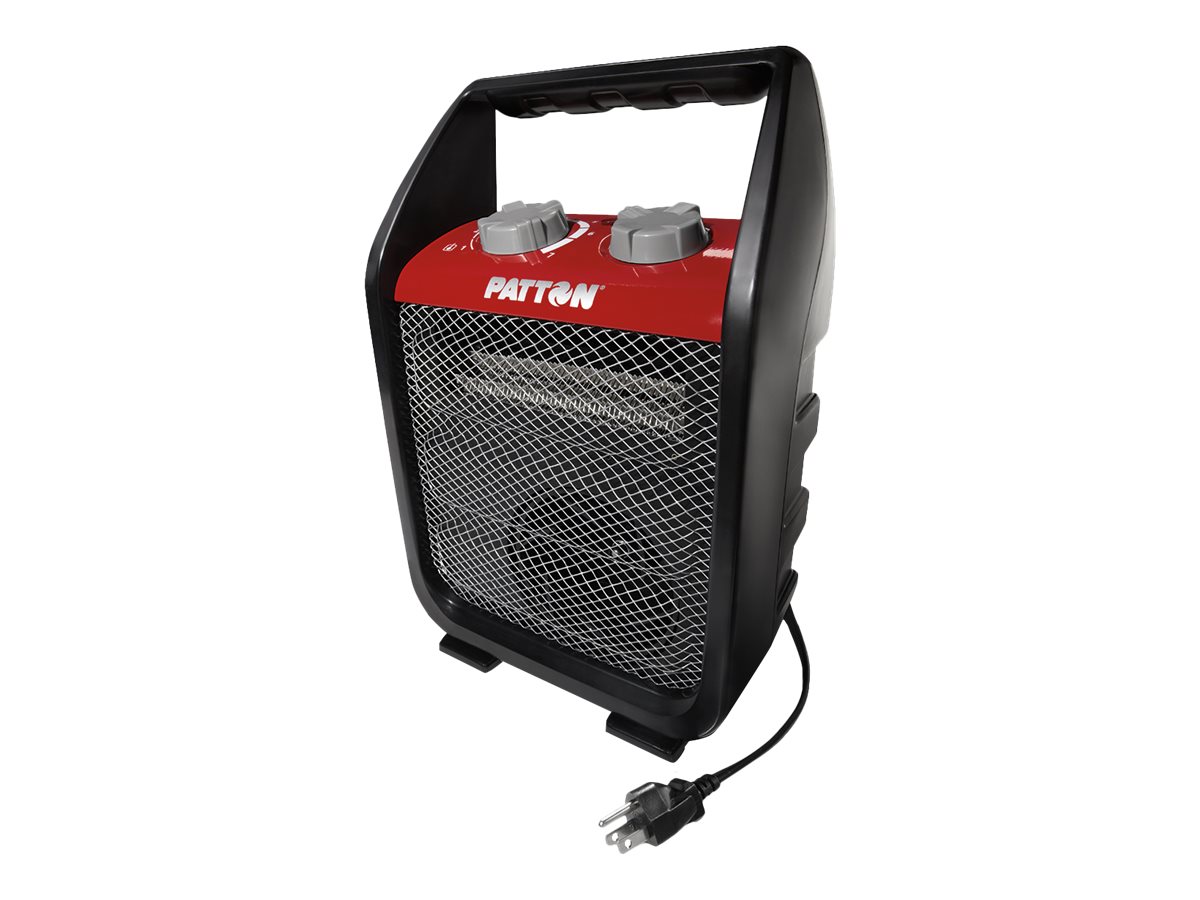
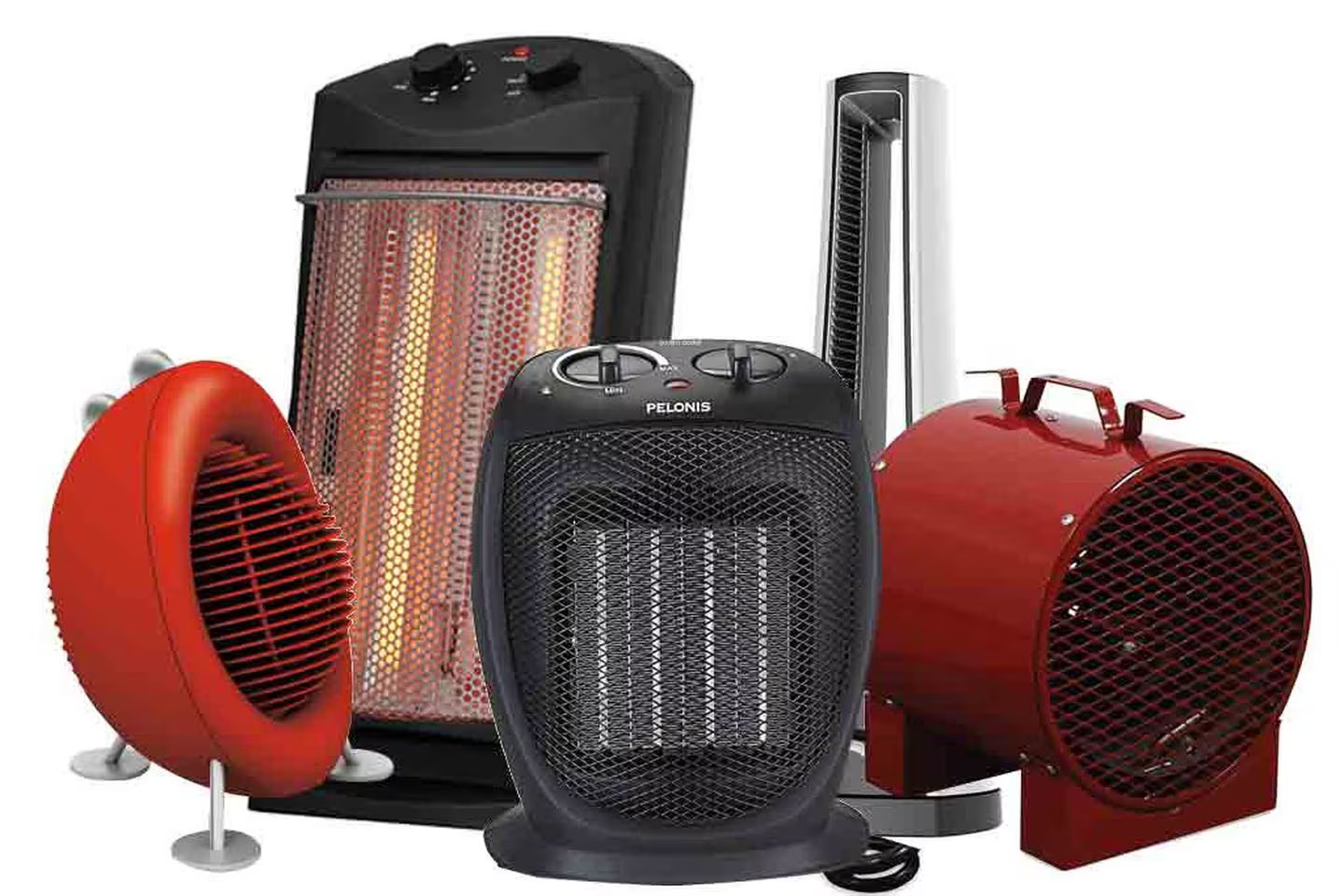
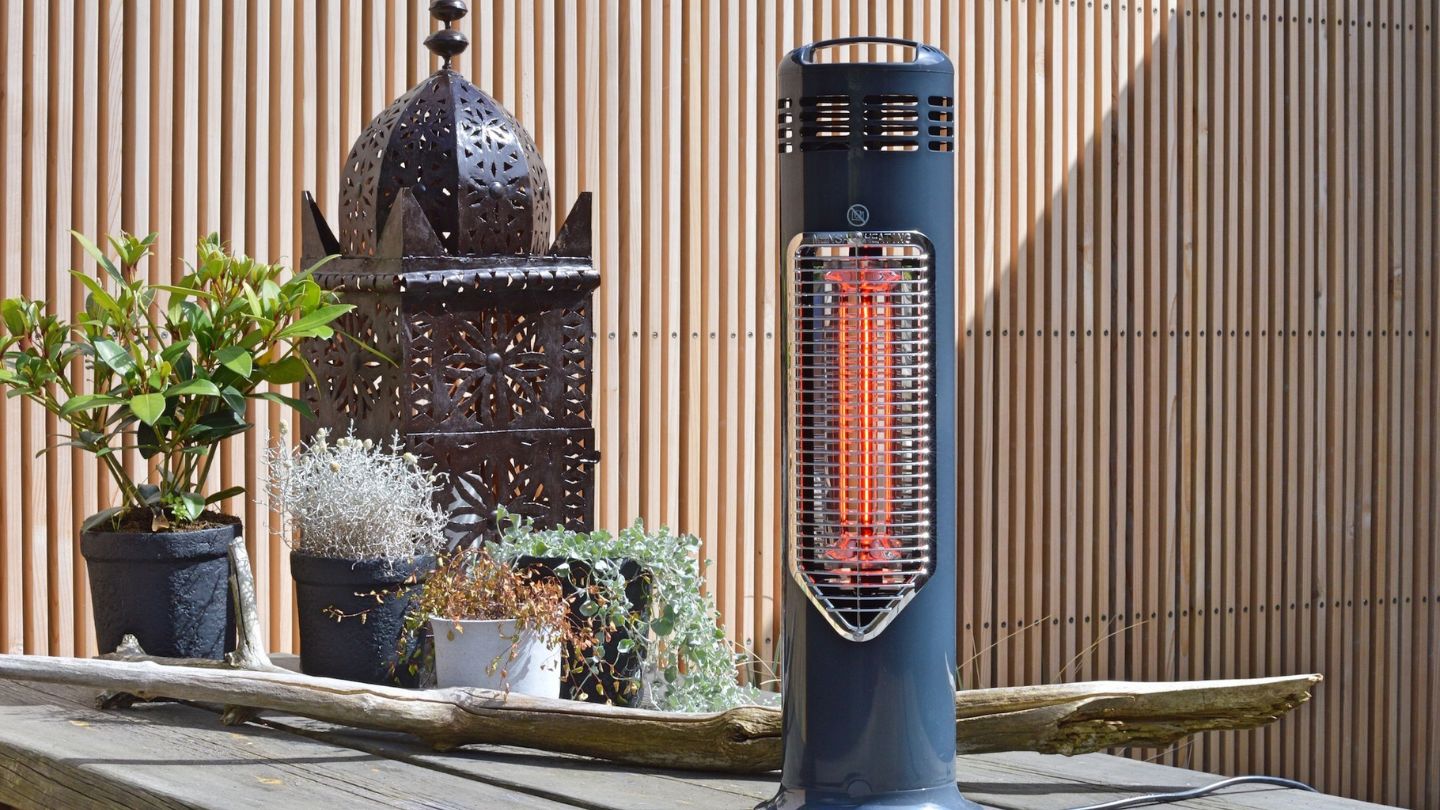
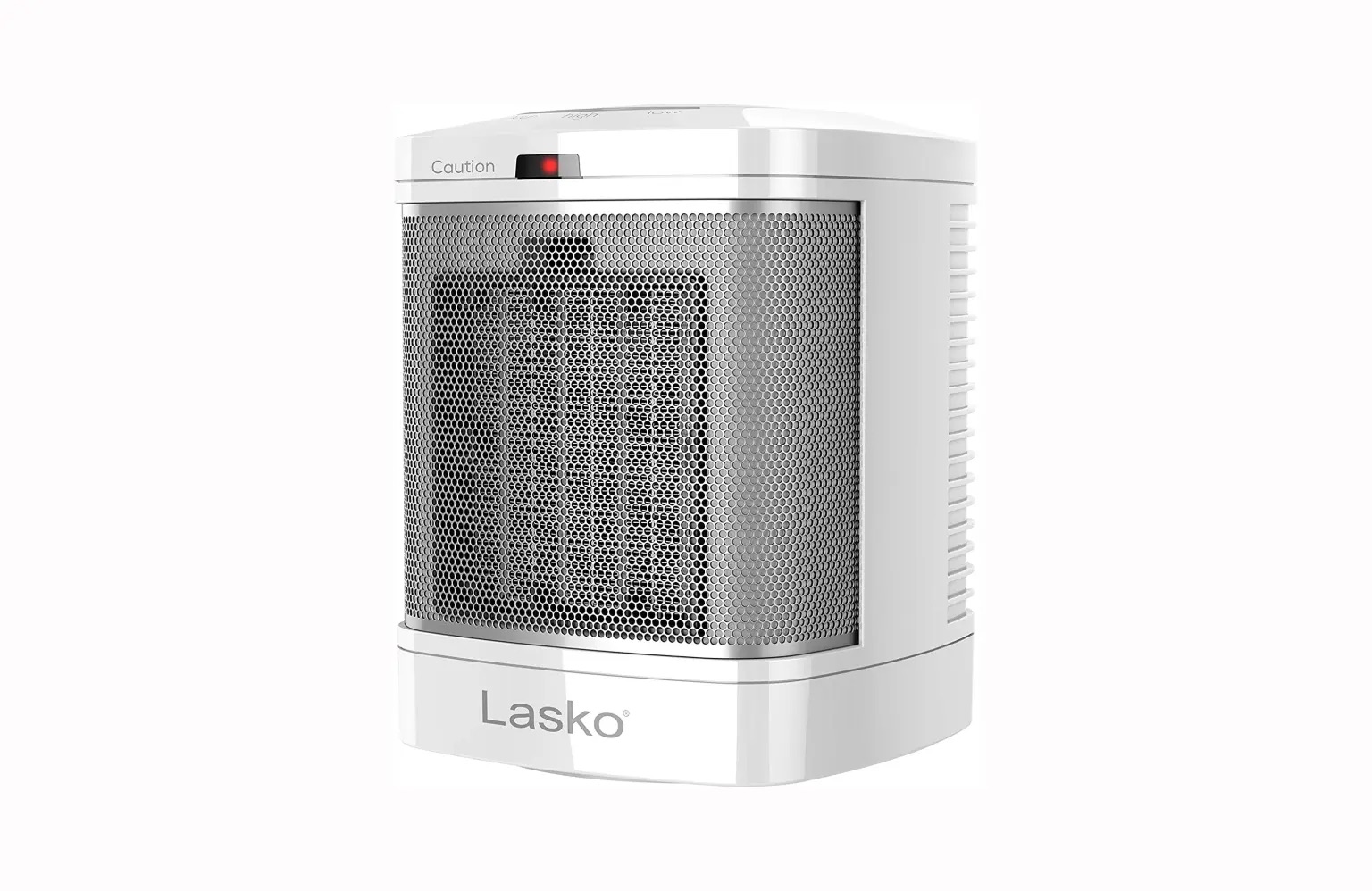
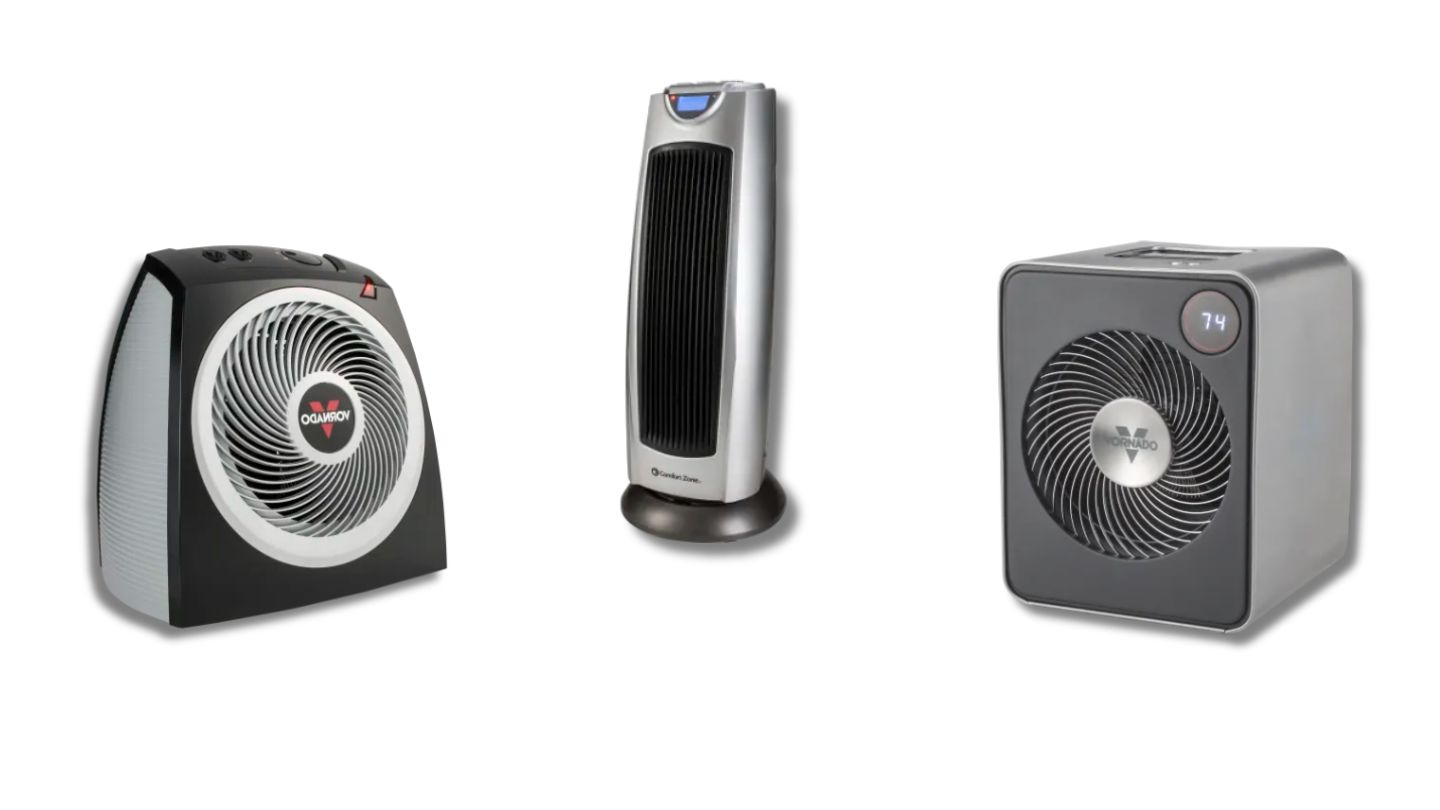

0 thoughts on “Which Space Heater Is The Best?”